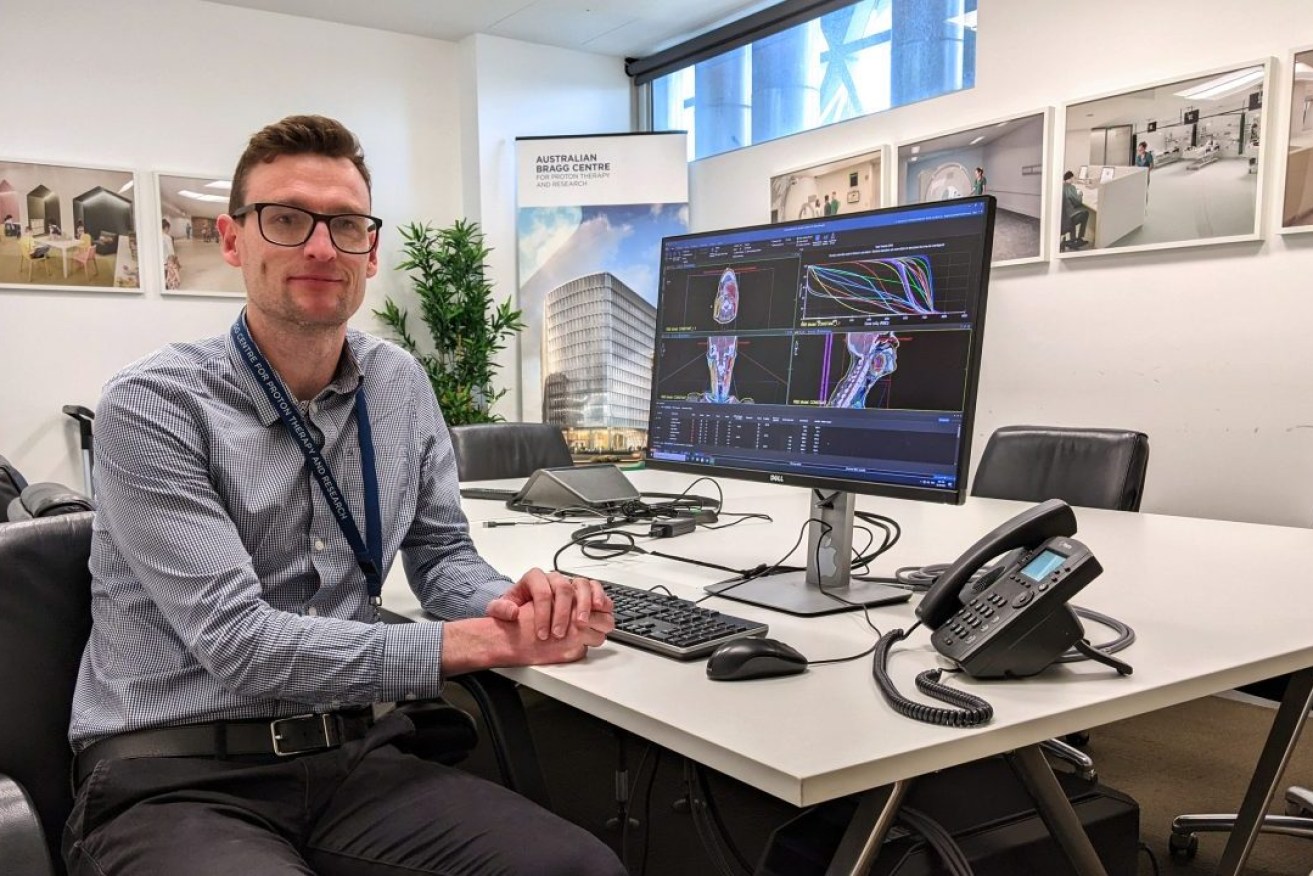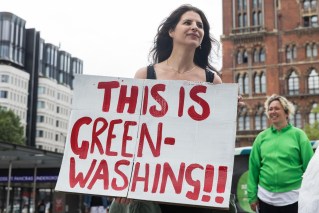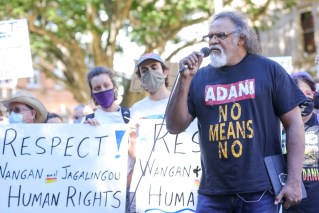Australia will open its first proton therapy centre to treat specific tumours in 2025. It is a first that makes many in the medical and wider community very excited – particularly Scott Penfold, who has been deployed on the project for the past five years.
The 38-year-old called it a “completely unique, once in a career project”.
“I consider myself to be very lucky… I think it’s a very fortunate position to be the first physicist working in a proton therapy centre in Australia,” Penfold said.
He was brought onto the project by Associate Professor Michael Penniment, who spearheaded the drive for the centre.
At the time, he was at the Royal Adelaide Hospital where Penniment is the director of radiation oncology.
“Once he found out about my PhD background in proton therapy working in California, he brought me in,” said Penfold, who was completing clinical training and undertaking research at the time.
“To be honest, I was intending to head back home to Sydney after I had completed my training, but I fell in love with Adelaide and just never left.”
Since then, his remit has grown to include, among other things, working on the performance specifications and acceptance testing with the proton therapy vendors and bringing on staff.
The Australian Bragg Centre is sited next to the futuristic-looking SAHMRI building in the Adelaide BioMed City precinct and will reach practical completion in a matter of weeks.
Once operational, the centre will be the first clinically dedicated proton therapy centre in the Southern Hemisphere, with Adelaide likely to beat Buenos Aires to the title. The two cities appear to be progressing at a similar pace.

The Australian Bragg Centre will be home to the Southern Hemisphere’s first proton therapy centre
The advantage of proton therapy over conventional radiotherapy with x-rays is that the proton beams can be more precisely targeted, delivering a higher dose of radiation to the tumour and less damage to healthy non-cancerous tissues nearby.
For this reason, it is commonly used for the treatment of paediatric and young cancer patients, and for those with tumours of the central nervous system.
Penfold said his team is already fielding expressions of interest from people wanting to work with them and from researchers interstate wanting access to the proton beam.
“It’s the highest energy proton accelerator in the country, so it’s not only a medical device, it provides quite unique scientific capabilities as well,” he said.
However, the goal at the moment is to bring the first of its kind clinical service to patients in Australia and New Zealand.
“Once we get it established and all our processes in place, then we can look to establish a world-class experimental research programme.”
The project has attracted national leaders in the field of paediatric neurological cancer survivorship to Adelaide and Penfold said it is an exciting time for the city and its health and medical sector.
It has also garnered considerable interest locally from young people studying physics in high school.
“It’s quite a high-profile project. [Students] seem to know about the proton therapy centre, so it does generate some interest [for them] in entering the field,” he said.
At The University of Adelaide, where he is an Affiliate Associate Professor and contributes to the post-graduate medical physics program, the proton therapy component of the radiotherapy courses has been boosted.
As to be expected, his expertise is highly regarded. He chairs the particle therapy working group of the Australasian College of Physical Scientists and Engineers in Medicine and also sits on the particle therapy special interest group of the Trans-Tasman Radiation Oncology Group.
Like many other professionals who’ve moved to Adelaide, he finds the city intrinsically offers an easy balance between career demands and personal life. A centre for many of Australia’s emerging industries, Adelaide’s short commutes and relaxed, outdoor lifestyle are also big drawcards.
The leafy suburb in which Penfold, his radiation therapist wife Melanie and their young family live is around 10 minutes’ drive from the CBD and even closer to a national park.
“We’re quite often up there, getting into nature. And in summer, we’re at the beach most weekends,” he said.
Adelaide is bordered to the west by an almost 30-kilometre continuous stretch of swimming beaches and to the east by the Mount Lofty Ranges, where bush walking, rock climbing and abseiling activities are all in easy reach – even for CBD dwellers.
Alongside Brisbane and Perth, Adelaide has seen the highest capital city population growth in the last couple of years, pulling in people wanting to take advantage of the city’s enviable lifestyle while advancing their global careers.
It is something Penfold knows well.
“Coming to work, every day is exciting for me.”














